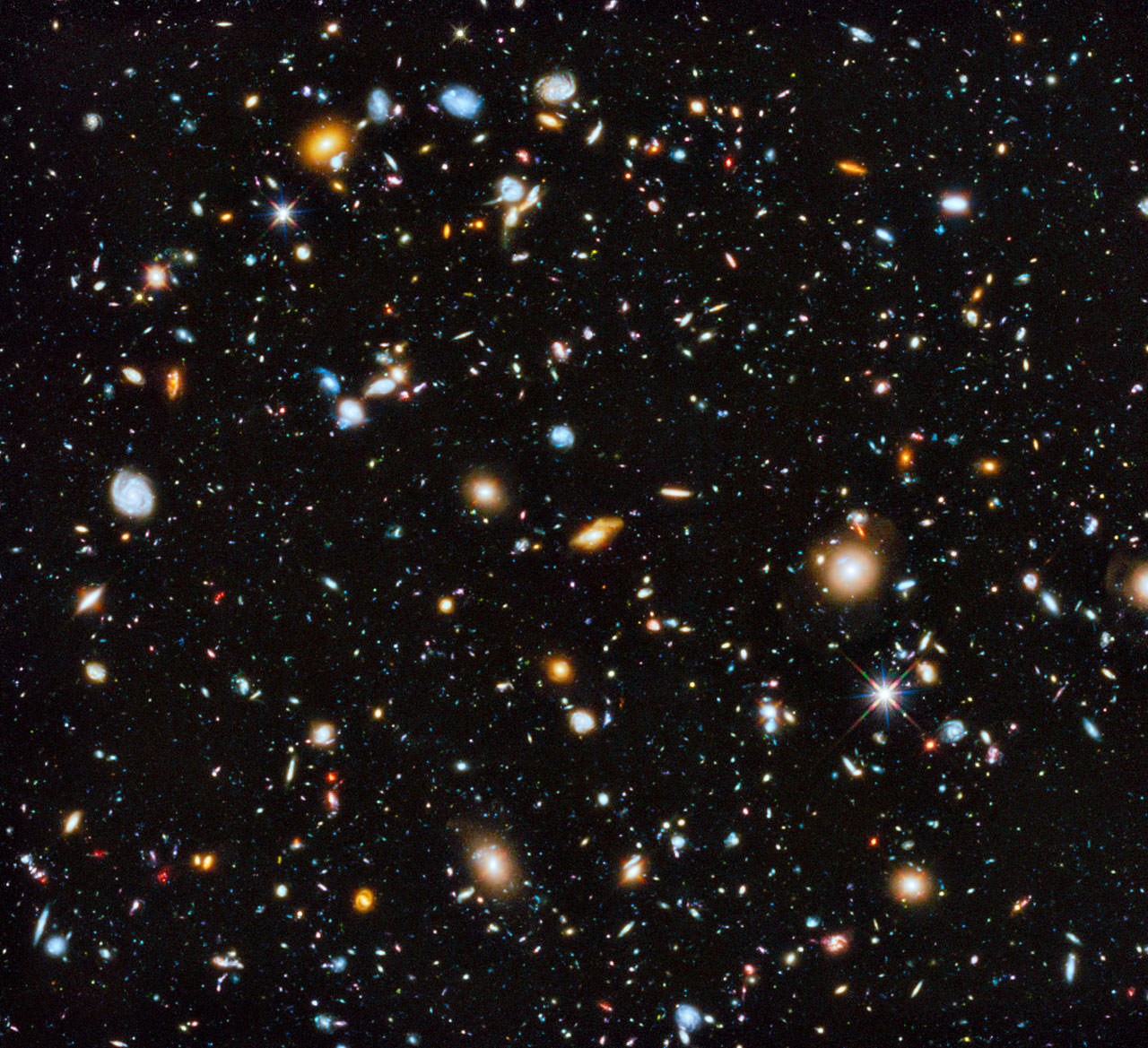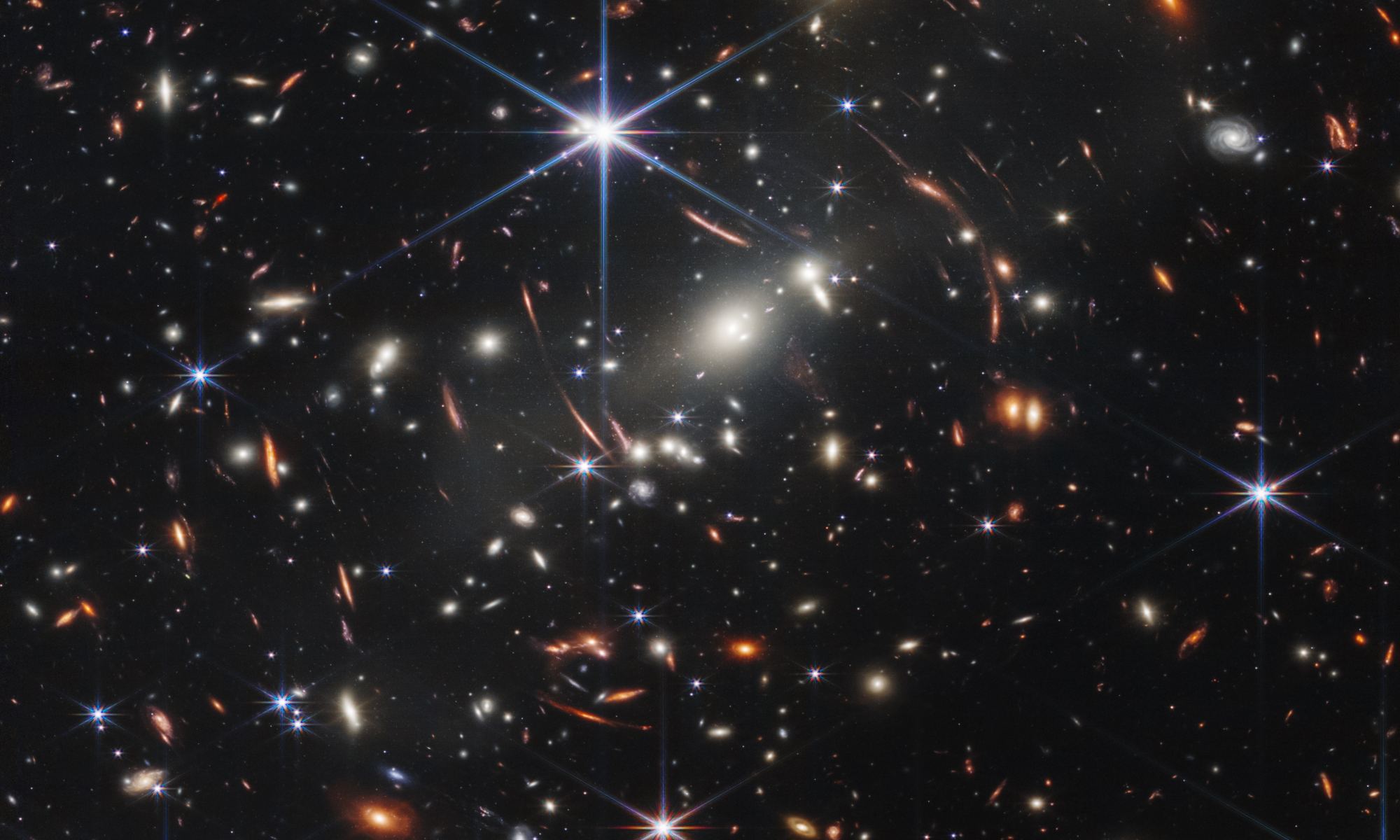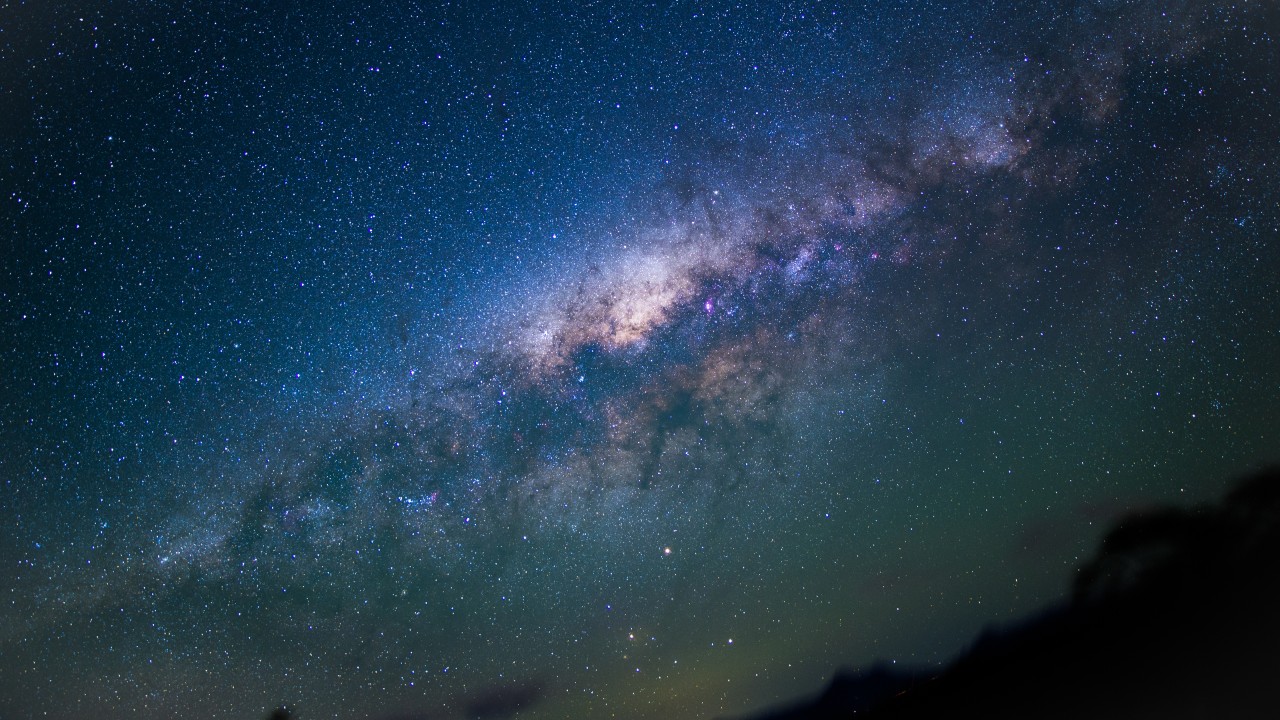Within nearly every galaxy is a supermassive black hole. The beast at the heart of our galaxy contains the mass of millions of suns, while some of the largest supermassive black holes can be more than a billion solar masses. For years, it was thought that these black holes grew in mass over time, only reaching their current size after a billion years or more. But observations from the Webb telescope show that even the youngest galaxies contain massive black holes. So how could supermassive black holes grow so large so quickly? The key to the answer could be the powerful jets black holes can produce.
Continue reading “How Did Black Holes Grow So Quickly? The Jets”How Did Black Holes Grow So Quickly? The Jets










